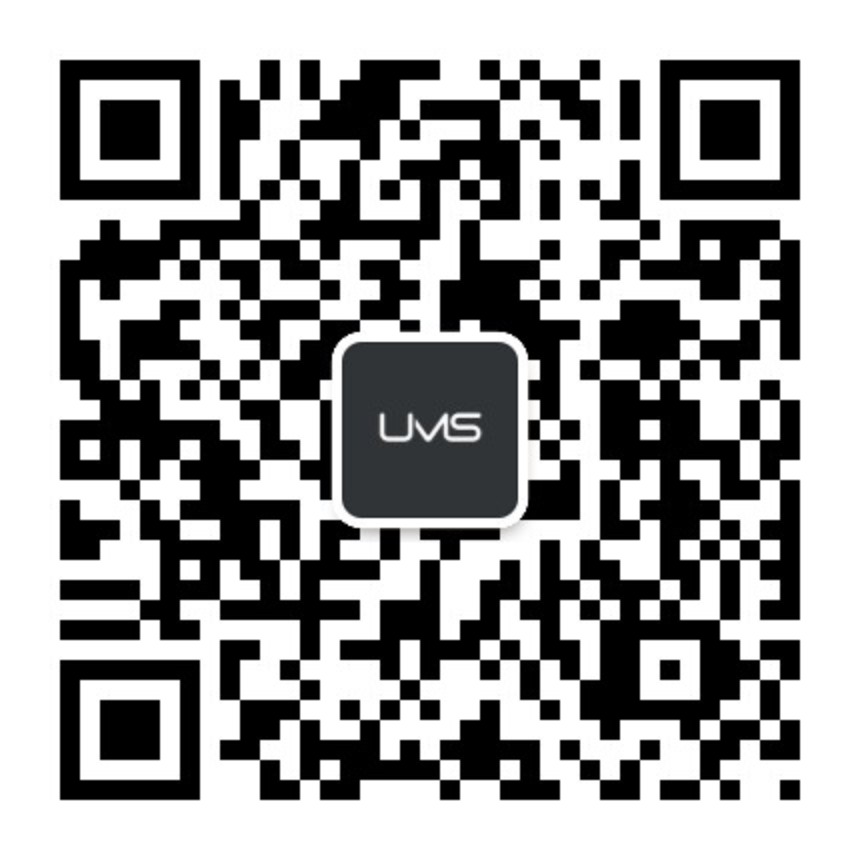
![]()
To give a general idea of what’s in the UMS’ bespoke China Daily Morning Brief, a daily email service focused on four industry categories – Education, Tourism, Food & Beverage, and Health & Skincare, I decided to write a summary of the April insights our team published. The Morning Brief reports on the latest buzz on social media and what topics have been discussed most in China’s market. Providing a broad reference for four different industries: education, travel, food and beverage, and health and wellness, the publication enables brands to make proactive strategic decisions. Let’s take a look at some of the themes that were highlighted in May’s publications.
1. Education industry
Attitudes towards studying abroad have shifted during the Covid-19 pandemic, and some students have begun to abandon their hopes of studying overseas altogether. However, a recent survey showed that with the increasing availability of the vaccine, 92% of current international students said they plan to return to their countries of study to complete their education. Political stability, policy continuity, and social security have become the most important indicators for choosing a destination country for studying abroad. Especially the ability of governments to prevent and control the epidemic.
In Australia, 79,000 students started classes in January and February this year, 38% less than the 127,000 students in the same period in 2020. In addition, spending by overseas students fell to A $29.9bn in the 12 months to March this year, down 26 per cent from A $40.3bn in 2019. Many participants of a recent working group in Australia strongly opposed the nations “fortress” strategy which prevents international students from entering. This has led to a decrease of international students’ interest in studying in Australia. On May 12, researchers from the Australian National University warned that the next target of the Chinese government in the trade war may be the Australian education export (study abroad) industry.
In brighter news, to help students return to New Zealand smoothly, the New Zealand Ministry of Education and the Education Promotion Agency are now providing fast-track services for returning new flights and centralized isolation hotel reservations for exempt students. Starting in June, there will be 500 quarantine spaces every two weeks for international students travelling to New Zealand. This allows 400 international students to arrive in June in time for the second semester of the year.
The Australian Federal Government also announced that it will allow some international students to enter this year. The small-scale study abroad program will start at the end of 2021 and will gradually increase in 2022.
2. Travel industry
Many countries have announced that they have entered the “second wave” of the epidemic and have successively adjusted their entry and exit policies. Countries in the EU, the UK and U.S began to welcome vaccinated tourists through their borders and have relaxed restrictions to promote the tourism industry. However, after experiencing another outbreak, Victoria (AU) re-entered the fourth stage of lockdown restrictions, and people were limited to staying home and banned from travelling more than 5 kilometres.
During the May 1st holiday this year, China received 230 million domestic tourists, a year-on-year increase of 119.7%, and achieved domestic tourism revenue of 113.23 billion yuan. This was a huge economic boost for the country, and many took part in cross border e-commerce during the may holiday.
3. Food and beverage industry
Camel milk, particularly from South Australia, which has huge nutritional value and safeguards against certain diseases, is being sought after by the world as an emerging healthy source of milk. It has gradually attracted global attention and due to its significant health benefits and has attracted much attention in developed countries.
The first China Consumer Expo took place in May and exhibited global, high-quality consumer product resources. The Expo and strived to build an important platform for the global display and trading of international consumer products. New Zealand brand, Gao Pei, exhibited several milk powders and launched the first new high-end nutritional products of the ice pure series, receiving much attention. Experts believe that the current high-end segmented milk powder market dominated by foreign brands has reached a bottleneck, and consumers’ primary needs have shifted from “food safety” to “big brands and cost-effective”.
The total amount of beef exported from Australia to China in 2021 has plummeted by at least one-third compared to previous years, opening doors of opportunity for Russia’s beef exports. China’s ban on Australia’s beef imports has caused heated discussions, while the Australian meat industry stated that Australia is negotiating with the Chinese government over six banned meats.
4. Health & skincare industry
On 1 May, China announced it will no longer conduct animal experiments on ordinary imported cosmetics, making it easier for international beauty brands to enter the market. This will help promote the vegan beauty market in China which at present is very small. Globally, the global vegan beauty market value will reach $23.6 billion U.S. dollars, with an expected annual growth rate of 6.52%.
As consumers increase their comprehension of health foods and pay more attention to their health, probiotics categories in the market continue to expand. The outbreak of the Covid-19 pandemic in 2020 accelerated consumers’ awareness and attention to immune nutrition. The market size of China’s nutrition and health products industry in 2019 reached 222.7 billion yuan, an increase of 18.4% year-on-year. This new awareness paired with the steady growth of disposable income has seen Chinese parents spend more on maternal and child product categories.
END.















